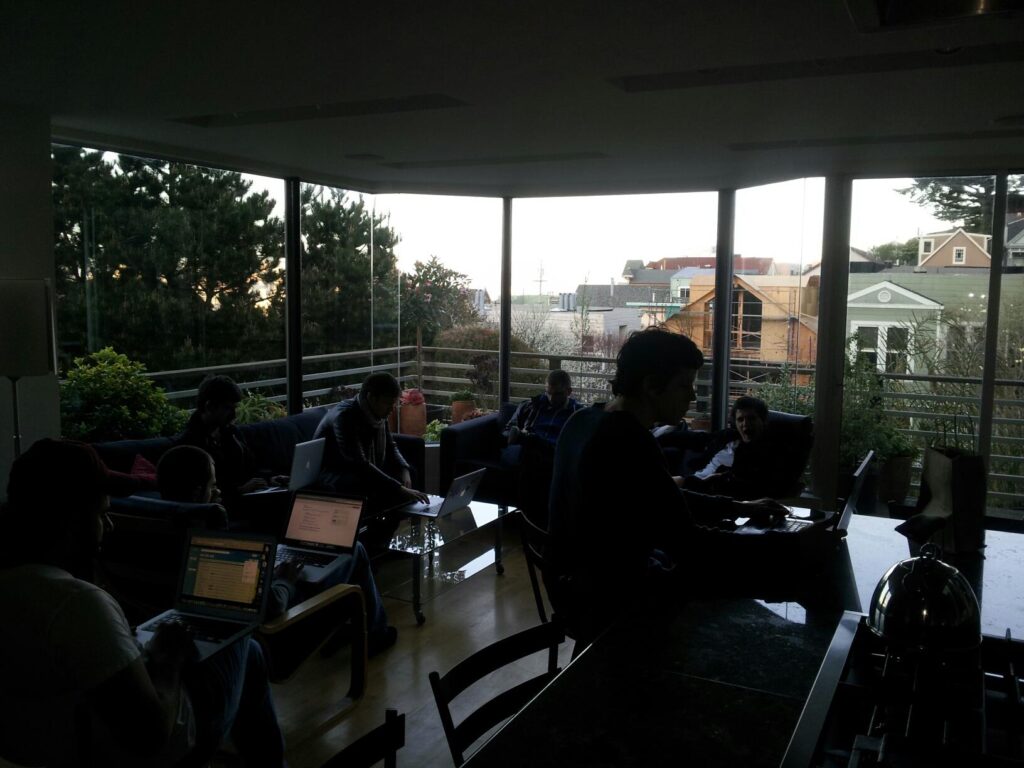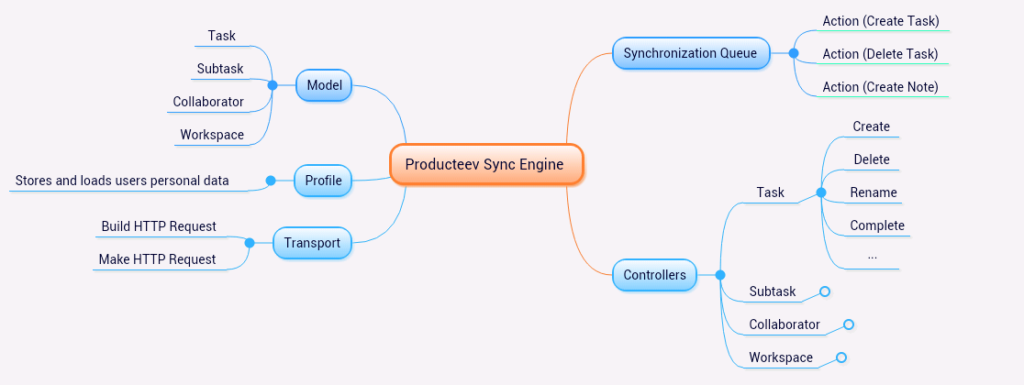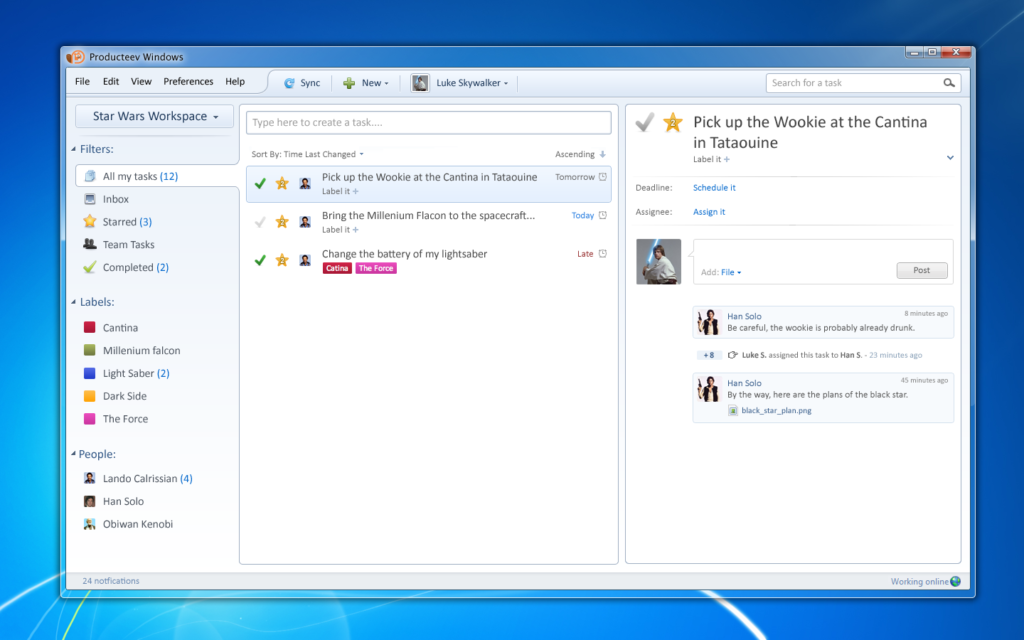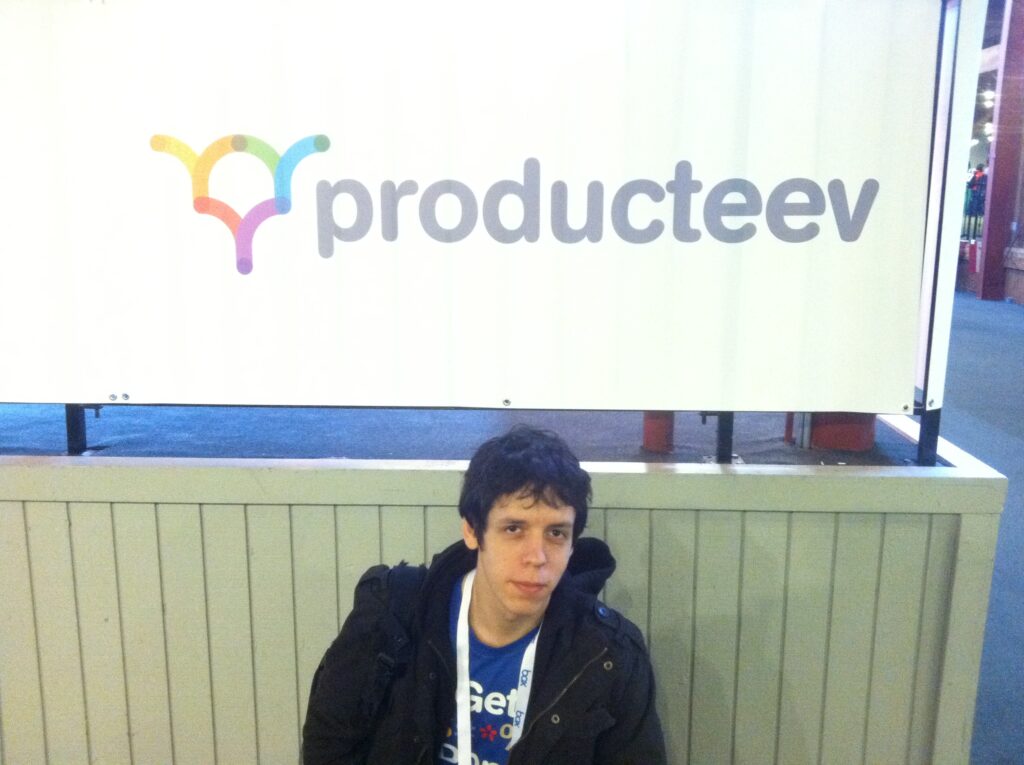
This is a personal story of how the Producteev for Windows application was built.
Producteev was a web-based task manager that started development in around 2009. The tech space is always saturated with different productivity tools, but in 2011 Producteev was a top contender and was often mentioned in the same sentence as Evernote and remember the milk. Producteev was my personal favorite at the time so I decided to sign up for an API key so I could make a Windows version.
In February 2011, I sent a message to Producteev’s technical support team to them that I had started working on a Windows version of their application. I had asked permission to sell it once I was finished. They agreed, and I was also put in touch with the CEO of the company, Ilan, so I could give updates. After a few brief exchanges I received a job offer.

Featured in c|net, Launch I/O and TechCrunch Disrupt
I had originally planned to move back to New York at that time, so I provided ample notice to my job and relocated back to my hometown on Long Island. The day after my return, I went into the city and met my new coworkers. It was a small team. The other platforms had already been under development for a while so I had to catch up with them. Fast forward 7 months, in typical startup fashion, we pulled an all-nighter fueled by vodka and Redbull and wrapped up our releases. When necessary, we took 5-minute naps on bean bag chairs, finally publishing the same day the press releases were scheduled to go out.
We showcased our new product at the Launch I/O event in San Francisco, and we held a prominent spot in TechCrunch Disrupt in NYC.

The Team all buckled down in a glass house in California, coding and answering support calls until Launch I/O starts.
There were too many great things to list about this job: I got to work with top-tier, dedicated people, build a globally used product, and we even got to see many of our customers in person. There were also the oddball days where the whole thing felt like a dream. Traveling, parties, TV crews in the office, dinners in Manhattan, meeting investors and fellow engineers, shaking hands with presidents of other countries, and yet this is just a natural part of promotion within the startup scene. It was a hard job with high payoffs to match.

Engineering
I wrote many articles about this on previous versions of my blog, but I think they’re lost to time now. There was a tremendous amount of engineering work behind the desktop application. From the interface, to the data model and how it synchronized everything. During my time there I had published a few open-source libraries in some common languages so that other people could build their own apps.

I was happy with how the desktop application ended up looking. It was designed in collaboration with the UX lead, and then brought to life with C#.net window painting calls. An old question on Stack Overflow hints at what people might have thought about it at the time.

There were a lot of technical challenges with drawing so many custom components and smooth animations and custom gradients. I had to perform a lot of behind-the-scenes trickery to get this to be tolerable on older computers. Also there were an inexplicable number of accounts that had so many thousands of tasks that it became necessary to handle larger data sets without stuttering.

The application required .NET Framework 4.0 to run, which reportedly didn’t work for a lot of our users. At the time it was the best way to get some of the features to work, like connecting to the API using sockets. I was never able to replicate the issue, but I suspected it had to do with users installing it on pirated versions of Windows.
Conclusion
If I were to do this again I would have to re-evaluate my choice of platform tools. C# was great for shortening the development time but I was really disappointed by the dependency issues and graphics performance. Almost 10 years later, I’m sure that’s improved by now. In the future I’d still be tempted to use C++ instead, and also take advantage of synchronicity for a more responsive interface.
Producteev sold to Jive in 2012, who then ultimately discontinued it. I was a little sad to see it go, but it was special to have a hand in it while it lasted.

